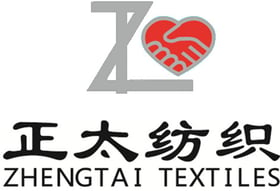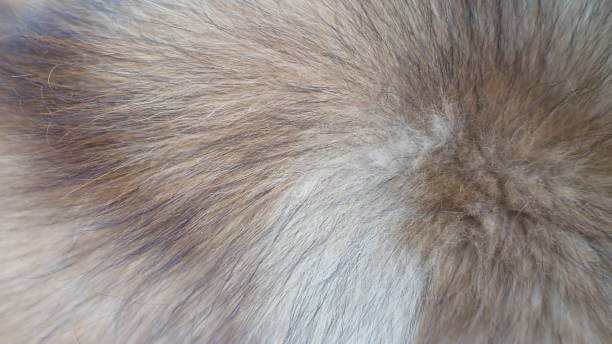What is artificial rabbit fur?? Everything You Need to Know
Artificial rabbit fur is a synthetic material designed to mimic the appearance and texture of real rabbit fur. It is commonly used in the production of clothing, accessories, and home decor items. With advancements in technology, artificial rabbit fur has become an increasingly popular alternative to real fur due to its affordability, versatility, and ethical considerations. In this article, we will explore the various aspects of artificial rabbit fur, including its composition, manufacturing process, applications, and benefits.
The Composition of Artificial Rabbit Fur
Artificial rabbit fur is typically made from a blend of synthetic fibers such as acrylic, polyester, modacrylic, and nylon. These fibers are chosen for their ability to imitate the softness, sheen, and texture of real rabbit fur. The specific composition may vary depending on the desired characteristics of the final product.
Manufacturers carefully select and blend these fibers to create a material that closely resembles the look and feel of natural rabbit fur. Through a combination of different fibers and manufacturing techniques, artificial rabbit fur can achieve a realistic appearance while offering improved durability and performance.
The Manufacturing Process of Artificial Rabbit Fur
The manufacturing process of artificial rabbit fur involves several stages, including fiber blending, carding, spinning, weaving or knitting, and finishing. Each step plays a crucial role in creating a high-quality and realistic synthetic fur.
First, the synthetic fibers are blended to achieve the desired texture and color. The blended fibers are then carded, which involves combing them to align the fibers and remove any tangles or impurities. This process helps create a consistent and even texture.
The carded fibers are then spun into yarn, which can be further processed through weaving or knitting machines to create the fabric. Weaving involves interlacing the yarns at right angles, while knitting involves interlocking loops of yarn. Both methods can be used to produce different types of artificial rabbit fur fabrics.
After the fabric is created, it goes through a finishing process to enhance its appearance and performance. This may include brushing, shearing, dyeing, and heat-setting. These finishing techniques help give the artificial rabbit fur its characteristic softness, shine, and color.
Applications of Artificial Rabbit Fur
Artificial rabbit fur is used in a wide range of applications across various industries. Its versatility and affordability make it a popular choice for both fashion and home decor purposes. Here are some common applications of artificial rabbit fur:
Fashion
Artificial rabbit fur is widely used in the fashion industry to create clothing and accessories. It can be found in coats, jackets, vests, hats, scarves, gloves, and even shoes. The soft and luxurious texture of artificial rabbit fur adds a touch of elegance and sophistication to any outfit.
Home Decor
Artificial rabbit fur is also utilized in the home decor industry to create cozy and stylish accents. It can be found in blankets, pillows, rugs, and throws, providing a warm and inviting atmosphere to any living space. The softness and plushness of artificial rabbit fur make it a popular choice for home decor enthusiasts.
Crafts
Many crafters and DIY enthusiasts use artificial rabbit fur in their projects. It can be incorporated into stuffed animals, toys, keychains, and other handmade items. The versatility and availability of artificial rabbit fur make it a go-to material for various craft projects.
The Benefits of Artificial Rabbit Fur
Artificial rabbit fur offers several advantages over real fur, making it a preferred choice for many individuals. Here are some of the key benefits:
Cost-Effective
Compared to real rabbit fur, artificial rabbit fur is significantly more affordable. It allows individuals to enjoy the luxurious look and feel of fur without the high price tag. This affordability makes artificial rabbit fur an accessible option for a wide range of consumers.
Animal-Friendly
One of the main advantages of artificial rabbit fur is that it is cruelty-free. No animals are harmed in the production of synthetic fur, making it a more ethical choice for those concerned about animal welfare. Artificial rabbit fur provides a guilt-free alternative to real fur.
Durable and Easy to Maintain
Artificial rabbit fur is known for its durability and resistance to wear and tear. Unlike real fur, it is not prone to shedding or matting. Additionally, artificial rabbit fur is relatively easy to clean and maintain, as it can often be machine washed or spot cleaned.
Wide Range of Styles and Colors
Artificial rabbit fur offers a vast array of styles, colors, and patterns to choose from. Whether you prefer a classic natural fur look or a bold and vibrant color, there is a synthetic option available to suit every taste and preference. This versatility allows individuals to express their personal style without compromising on ethics or budget.
In Conclusion
Artificial rabbit fur is a synthetic material that closely imitates the appearance and texture of real rabbit fur. It is composed of synthetic fibers and undergoes a complex manufacturing process to achieve a realistic look and feel. Artificial rabbit fur is used in various applications, including fashion, home decor, and crafts. It offers several benefits over real fur, including affordability, cruelty-free production, durability, and a wide range of styles and colors. With its many advantages, artificial rabbit fur has become a popular choice for those seeking an ethical and accessible alternative to real fur.

